Have you ever had to take a risk on something in a part of your life?
It could be any situation where you’ve had to rely solely on your own intuition to secure a better outcome.
Think about it for a second…
Maybe you’ve ever played a card game which has put you in the position of having to make a smart guess on what ace, king, queen or number your opponent is hiding behind their back.
In a similar vein, soccer players have to take some punts during games.
With results on the line, athletes of this sport typically jump at the chance to gain any sort of legal competitive edge over their opponents.
So, in today’s article, I wanted to talk about a particular type of risk action that players tend to utilise.
And that risk is how a soccer ball is punted across the field.
In soccer, punting isn’t just a term that’s used to describe an element of risk taking within the game, because it is actually a specific playing action that can be performed on the pitch after a catch in real time.
Now, let me explain.
- What is a punt kick in soccer?
- Who can punt the soccer ball?
- Are there any specific rules for soccer ball punting?
- What are the steps to punting a soccer ball?
- Step 1 – Hold the ball with both hands at waist height
- Step 2 – Make the first step forward with your stronger kicking foot
- Step 3 – Plant your weaker foot firmly in the ground whilst pushing your lead foot
- Step 4 – Release the ball right in front of your body
- Step 5 – Carefully elevate your kicking leg and take aim
- Step 6 – Make strong contact with the ball and point your kicking toe upwards
- Step 7 – Maximise follow through momentum
- Video demonstration of soccer ball punting
- Why is soccer ball punting a useful technique?
- Conclusion
What is a punt kick in soccer?
A punt kick is a specific technique of launching the soccer ball over a great physical distance, as the ball is dropped out of a person’s grasp and it is kicked with great force before it lands on the ground.
Please note that the soccer ball is still airborne once contact is made, and this is an important distinction.
You see, if the ball were to hit the ground prior to it being kicked, that action would be referred to as a drop kick – which is different from a punt.
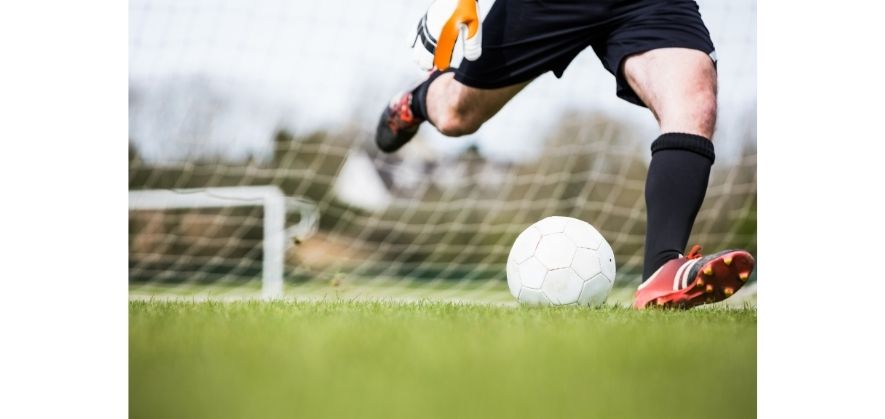
Punting a soccer ball downfield is a great skill that players should try to refine and perfect.
Having such a useful technique as part of your repertoire can help you change the course of games.
This is because if soccer ball punting is executed in the best possible way, it can effectively swing the momentum of a match in your team’s favour.
But realistically, mastering the punt kick can take some time because of all the moving parts that combine together to form the complete action.
For example, if the soccer ball drops too low or too high before foot contact is made, then it’s not likely to travel far enough to be a threat and such a poor implementation can invite opposition pressure.

Want to test your knowledge on soccer ball care?
Take the quiz by clicking the button below and see just how informed you truly are!
Note - You'll need to enter your email address to see the final results.
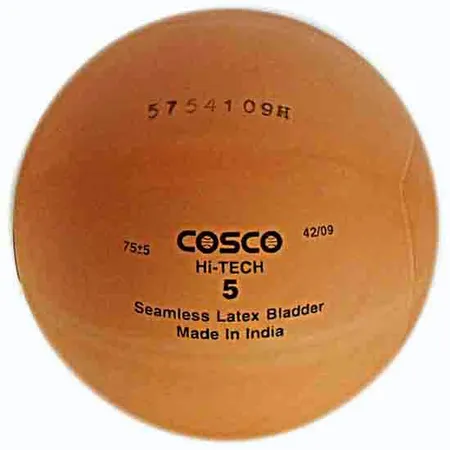

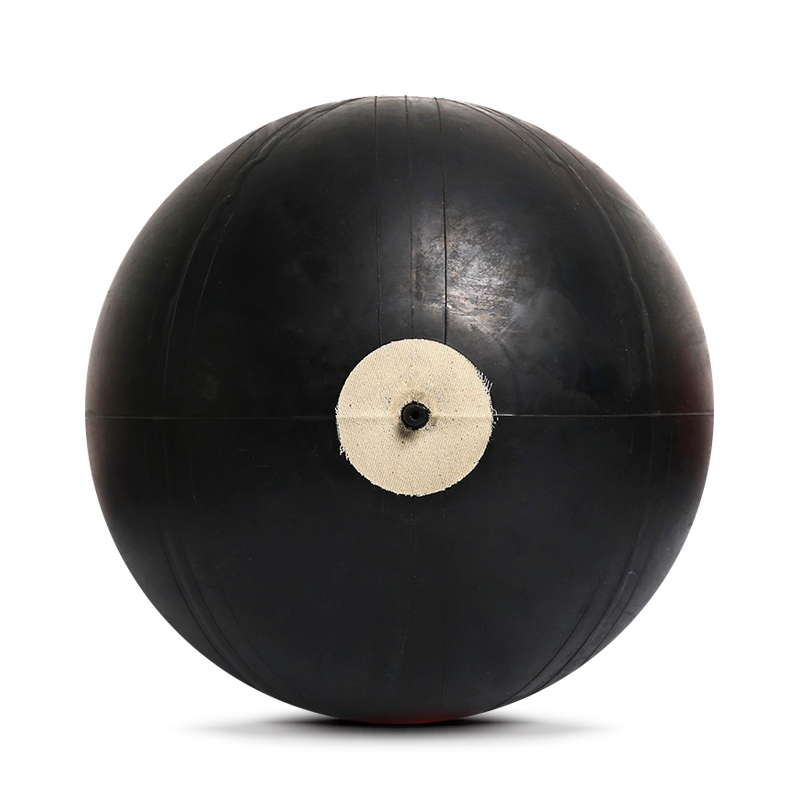



















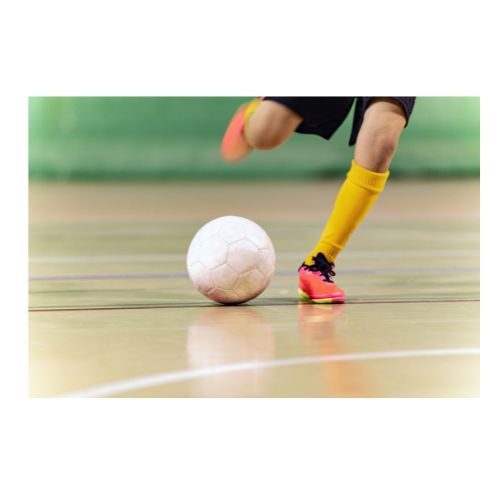

Who can punt the soccer ball?
If you’ve ever had the thought that any player can simply punt a soccer ball as far as they possibly can and whenever they would like to, then think again!
Outfield players aren’t allowed to deliberately touch the ball with their hands or arms – as documented in Law 12 on fouls and misconduct.
Which leaves us with the goalkeepers.
They are the only players on the field who have the licence to pick up a soccer ball using their hands from within their own penalty area.
In fact, to be more specific, goalkeepers are allowed to make punts from any area that is inside their own 18-yard box.
The way in which the sport was designed to be played doesn’t include any circumstances where outfield players can punt the ball.
Are there any specific rules for soccer ball punting?
Before you get onto practicing this fine technique, it’s important that you’re made aware of a few things.
Take a look at this bulleted list:
- Goalkeepers have a 6-second rule application that they must adhere to, which prevents them from time wasting by holding on to the ball for too long
- Punting is only allowed from inside the 18-yard box, as any carries of the ball outside of this zone by a goalkeeper will result in a red card for them and a direct free kick award to the opposing team
- When a goalkeeper is in possession of the ball, opposing players are prohibited from intercepting the ball or interfering with punt action
Now, let’s get on to the good stuff!
What are the steps to punting a soccer ball?
Punting a soccer ball is not as easy as the professional goalkeepers make it seem.
Behind the scenes, they work long and hard hours on the training ground in order to improve this aspect of their game.
Here is the sequence of steps that you need to follow if you desire to punt a soccer ball just like the professionals:
Step 1 – Hold the ball with both hands at waist height

The first aspect of this kicking method that you need to grasp relates to how your initial posture.
So, pick up the soccer ball if it is already on the ground.
Once you’ve done that, you will need to clasp onto it with both hands and raise it to your own waist level.
Are you unsure about this?
Well, the importance behind this first step lies in how it makes the follow up movements easier to execute.
From a height that is about even and in line with your own waist, it is easier to drop the ball and perform the entire motion fluidly as opposed to a situation where the ball was at the level of the goalkeeper’s chest or neck.
If you watch a lot of matches on television, you have probably come across goalkeepers bouncing the soccer ball before they kick it.
You may want to avoid emulating this for now as you don’t want to complicate the process.
So, for now just make sure that you hold onto the ball properly before you’re confident enough to try out the fancier stuff like the one-handed punts.
Step 2 – Make the first step forward with your stronger kicking foot
Alright, once you’ve got to grips with the first point, you are ready for the next move.
This involves taking your dominant foot – that is the one that you primarily use for shooting and ball control – and making a step forward with it.
For someone who strikes the ball with their right foot, then you will move your right foot forward, and vice versa.
Again, different goalkeepers have different ways in which they perform a punt and you may come across someone that takes multiple steps at this stage of the process.
But you just need to be aware of the fact that all you need is two steps – one from the dominant foot and the other from the planted one to perform a punt correctly.
Step 3 – Plant your weaker foot firmly in the ground whilst pushing your lead foot
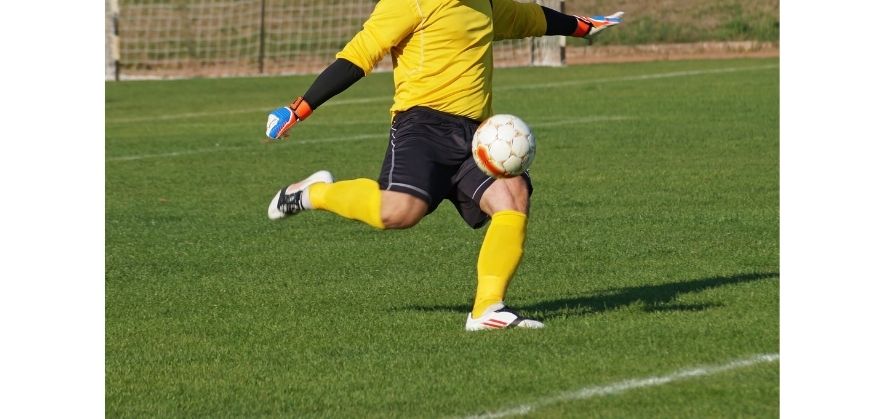
Now, you need to use your weaker foot to provide a stable base for your body to work with.
By pushing the weight off of your dominant foot and placing your trailing foot forward, you are able to provide a good pivot point that the body can work with to generate more power for the punt.
Another thing to ensure is that both of your feet are positioned slightly further apart from each other, as this helps with keeping your balance in check.
When you’re in the process of planting your weaker foot, your dominant one should be behind you, as this is how you set up the forward swing that will come in one of the next steps.
Step 4 – Release the ball right in front of your body
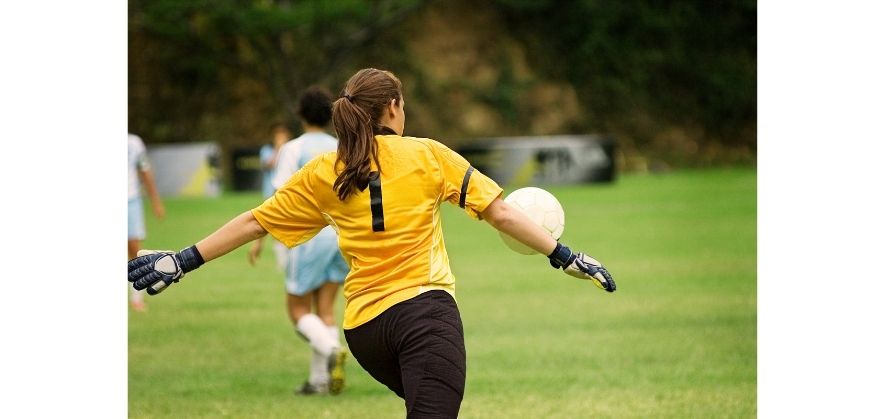
This means letting the ball go.
Don’t toss the ball upwards as this makes it much harder to judge its overall trajectory and get the right contact.
You’re more likely to completely miss the kick by tossing it than by simply dropping the ball straight down.
Let the motion be smooth by moving your stronger foot to where the ball is rather than letting the ball land on your foot.
Perform this action right before you raise your kicking leg, which will be talked about in the subsequent step.
Step 5 – Carefully elevate your kicking leg and take aim
The next step in this masterful sequence involves lifting your kicking leg up as you approach contact with the soccer ball.
One of the key points to note here is that you’re going to have to rotate your hip so that your leg is raised up from a position that is perpendicular to the ground.
Additionally, this is the time when you’ll need to sharpen your focus and keep your eyes firmly locked in on the location of the ball.
The wrong contact will affect how far the ball travels so you’ll want to be ready to hit it as accurately as you can.
So, aim your punting foot in the direction of where the ball has been thrown and get ready for impact.
Step 6 – Make strong contact with the ball and point your kicking toe upwards
Make sure you point your kicking toe upwards as you’ll want to strive for a 90-degree right angle between this area of your foot and your shin.
The reason why you should point your kicking toe upwards is so that you’re able to maximise the amount of back lift and distance that you are able to generate into your kick.
You will also want the soccer ball to make contact with the laces area of your soccer cleat, because this is the part that of your foot that gives you the most control over the future direction of the ball.
This is backed up by Tony DiCicco – a former goalkeeper and head coach of the United States Women’s National Team, as she says:
“You should hit the ball with the laces of your shoe. If you hit the ball with the laces and have a good follow through, you will get the greatest distance on your kicks.”
Source – US Youth Soccer
If the ball was being hit from a ground position the advice here would be quite different, as in this case the instep would give you much greater control over shot accuracy.
Step 7 – Maximise follow through momentum
Lastly, you will want to make sure that your foot points toward the direction that you would like the ball to travel.
If you perform the action well, your body will lift off of the ground and you will land gently on the leg that you used as a pivot.
However, considerable care must be taken here to ensure that you don’t injure yourself in the process.
The last thing you’d want is to pull a hamstring or hyper-extend another area of your body whilst performing the action.
And the final piece of advice I can give here is to lean backwards.
When a player makes an unsuccessful shot attempt by kicking a soccer ball into the stands, you’ll often hear commentators remarking that the player shouldn’t have lowered their back as they approached the shot.
This is because the act of leaning back changes the angle of your torso in relation to the ground, and that naturally impacts the height that your foot will reach when the ball is kicked, which is what causes the increased elevation.
So, if you’re trying to make the soccer ball go far and high, lean back a little.
Video demonstration of soccer ball punting
The clip below brings all the aforementioned elements together, so you can see the action performed in one simple movement.
Check it out:
Why is soccer ball punting a useful technique?
Punting a soccer ball has its uses.
In fact, when it is executed correctly there are a number of advantages for the goalkeeper and the team that they represent.
Effective for launching counter attacks
When an opposition team commits many players forward, there is a lot of open space that is left behind the defensive line.
One of the tactics that coaches like Jose Mourinho use is to transition quickly from defence to attack, exploiting the gaps that the opponents have left open.
This makes soccer ball punting an ideal strategy for launching a counter attack, as the ball can travel quickly to the other side of the pitch by way of a simple kick.
In such a scenario, a goalkeeper can launch the ball towards an attacking team mate who is likely to have the opportunity to go against a single defender or even just the other goalkeeper!
A great case in point is Leicester City.
They made great use of counter attacking during their title winning 2015-2016 campaign, with Kasper Schmeichel using his ability to kick the ball over long distances to former team mates Riyad Mahrez and Jamie Vardy who had a devastating attacking impact.
Alleviates opposition pressure
The other way punting comes in handy is when a team needs a bit of respite.
When a team is stuck within their own half and spending most of their time without possession of the ball and chasing it, defenders will tire.
A punt is a really good way of giving your team mates a moment to catch their breath because a kick that is launched as long and as high as possible provides the team with the opportunity to regroup.
With the ball on the other side of the pitch, the opposing team has to drop a little deeper to re-collect it and this moment could be what a team needs to turn a score line around.
Conclusion
There’s a whole lot more when it comes to punting a soccer ball than just hoofing it down the soccer field.
A lot of coordination is needed to complete this action, just like curving a soccer ball as well.
Hopefully this article has given you the knowledge that you need to implement this technique and make it an important part of your game.
If you need to buy a soccer ball before you begin your punting practice, then check out my roundup on the best soccer balls as that post should have all the information you need on the top soccer ball options.
Alternatively, if money is tight then you can draw your own soccer ball instead!
If you enjoy the content that I create and would like to buy me a coffee, then I’d really appreciate it!
Any money that I earn through this donation will be re-invested into more content for this website.
Additionally, by sending in a donation you’ll also receive a copy of my recently released 190+ page eBook on Soccer Ball Care, as well as be subscribed to our mailing list where you’ll be regularly informed on the latest developments concerning the Soccer Whizz blog.
- Future Icons: Europe’s Emerging Midfield Maestros Set for Glory - December 4, 2023
- Kickstarting a Revolution: How Soccer Transformed the United States Over the Last Four Years - October 7, 2023
- 4-1-4-1 Soccer Formation [Analysis] - September 23, 2023

